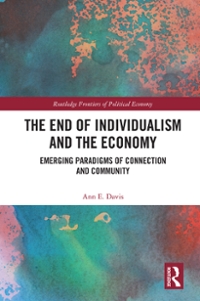Question
1.In long-run equilibrium, the marginal social cost exceeds the marginal private cost, but the marginal social benefit is equal to the marginal private benefit. This
1.In long-run equilibrium, the marginal social cost exceeds the marginal private cost, but the marginal social benefit is equal to the marginal private benefit. This describes which of the following markets?
a.Oligopoly with no externalities
b.Monopoly with perfect information
c.Perfect competition with a positive externality
d.Perfect competition with a negative externality
e.Perfect competition with asymmetric information
2.A market has a cost or benefit not internalized, unclear property rights, and high transaction costs. This describes
a.monopolistic competition
b.a natural monopoly
c.an externality
d.an oligopoly
e.a monopsony
3.Current output:5000 units
Current market price:$5
Total cost:$25,000
Marginal cost:$4
Total variable cost:$20,000
What is the best action for this firm?
a.Increase output in the short run and stay in the market the long run
b.Increase output in the short run and decrease output in the long run
c.Shut down in the short run and exit in the long run
d.Shut down in the short run and produce in the long run
e.Reduce output in the short run and increase output in the long run
4.If the price increases from 24,4 to 16,6, what is the price elasticity.
a.0.33
b.0.66
c.1.22
d.5
e.12.2
Step by Step Solution
There are 3 Steps involved in it
Step: 1

Get Instant Access to Expert-Tailored Solutions
See step-by-step solutions with expert insights and AI powered tools for academic success
Step: 2

Step: 3

Ace Your Homework with AI
Get the answers you need in no time with our AI-driven, step-by-step assistance
Get Started


